To better understand this issue, reporters from the Journalist & Public Opinion Newspaper had a conversation with journalist Nguyen Cao Cuong - Deputy Director of VTVcab Program Production Center, an expert in the field of communication and social networks.
AI products should be labeled when used.
+ Sir, what do you think about the current development of AI technology, especially when recently there was another application called Sora (a sibling of ChatGPT at OpenAI) that can create videos from text?
- AI technology applied in the media field has now made strong progress. Previously, we mainly used AI to produce static images and simple images. Now AI has started to produce videos. In which, OpenAI's Sora application has just been launched with the feature of converting text into short videos with a maximum duration of less than 1 minute. Sora creates videos with vivid images, smooth movements, meticulous backgrounds that bring a sense of realism... This creates great opportunities for technology companies, companies specializing in the media field and even press agencies to use moving images in the form of clips to illustrate their media products.
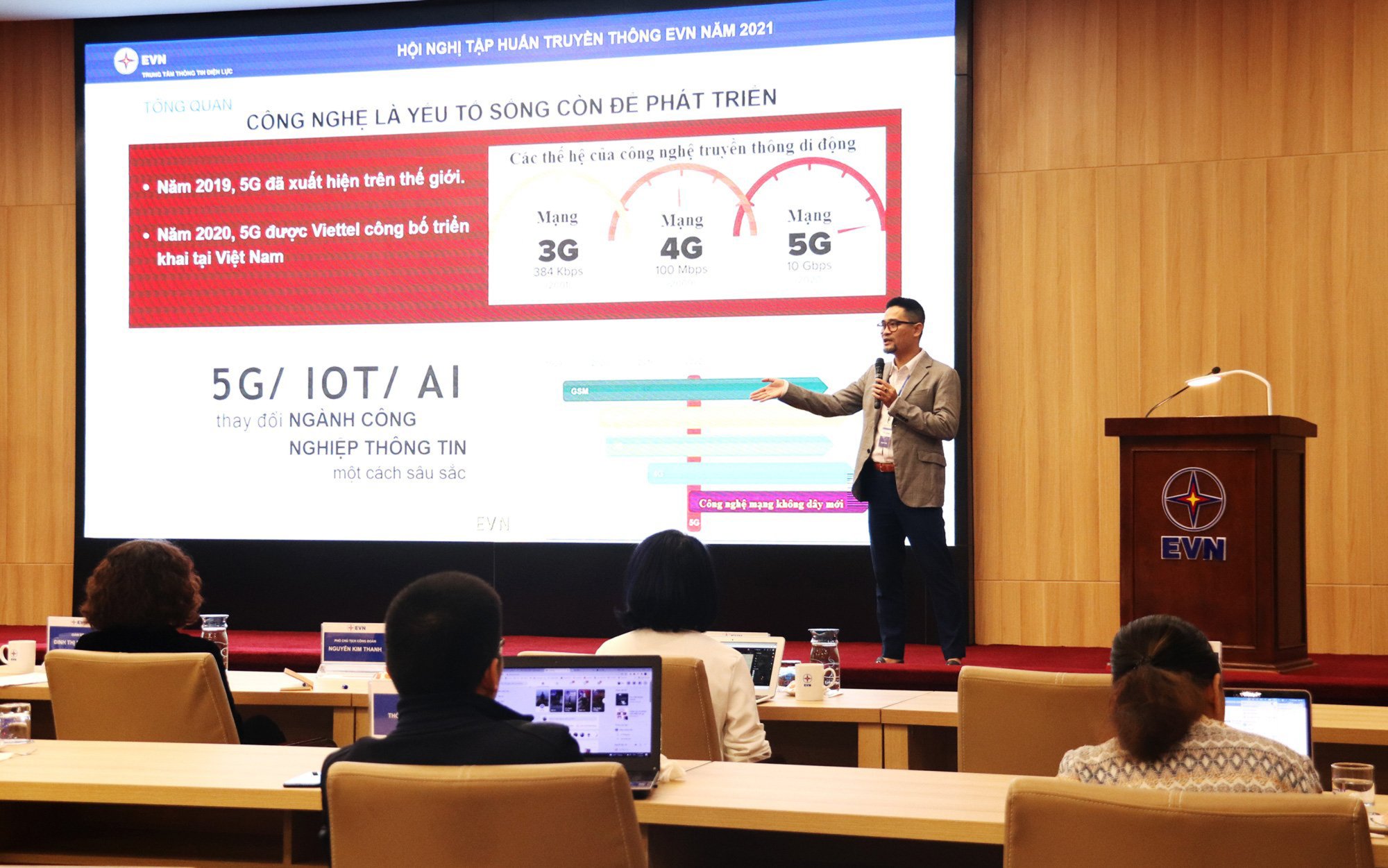
Journalist Nguyen Cao Cuong - Deputy Director of VTVcab Program Production Center at a media training session.
However, the use of all AI products is still being used cautiously by all parties, and many countries are even considering building regulations for the use of AI in the field of journalism, to have a clear legal corridor. Although it is a very good and useful tool for those working in the press, how to apply it needs to be seriously considered, especially in the field of journalism. The field of journalism itself has an element of respecting objective truth. Meanwhile, we use artificial intelligence products, which are only products made by machines, a synthesis, so the products are only illustrative.
+ Opportunities always come with risks. The more advanced the AI application, the greater the risks. What do you think about this statement?
- As technology develops, there is a risk that AI can create many fake objects that look like real people. Human images have activities on the network environment that look like real people. This creates information insecurity that we have known in the past, which is the situation of Deepfake faking images and voices to commit online fraud, this is actually quite common. The downside of Deepfake and AI makes us have our own concerns, gradually people will not believe in images created by AI.
Currently, press agencies or state management agencies do not have any regulations related to the field of AI. Therefore, when using this technology, newsrooms should, to a greater or lesser extent, label AI products when using it. This is also to warn the public that these are products of artificial intelligence, not created by humans. At the same time, it is emphasized that these are illustrative images, not real, to avoid public misunderstandings.
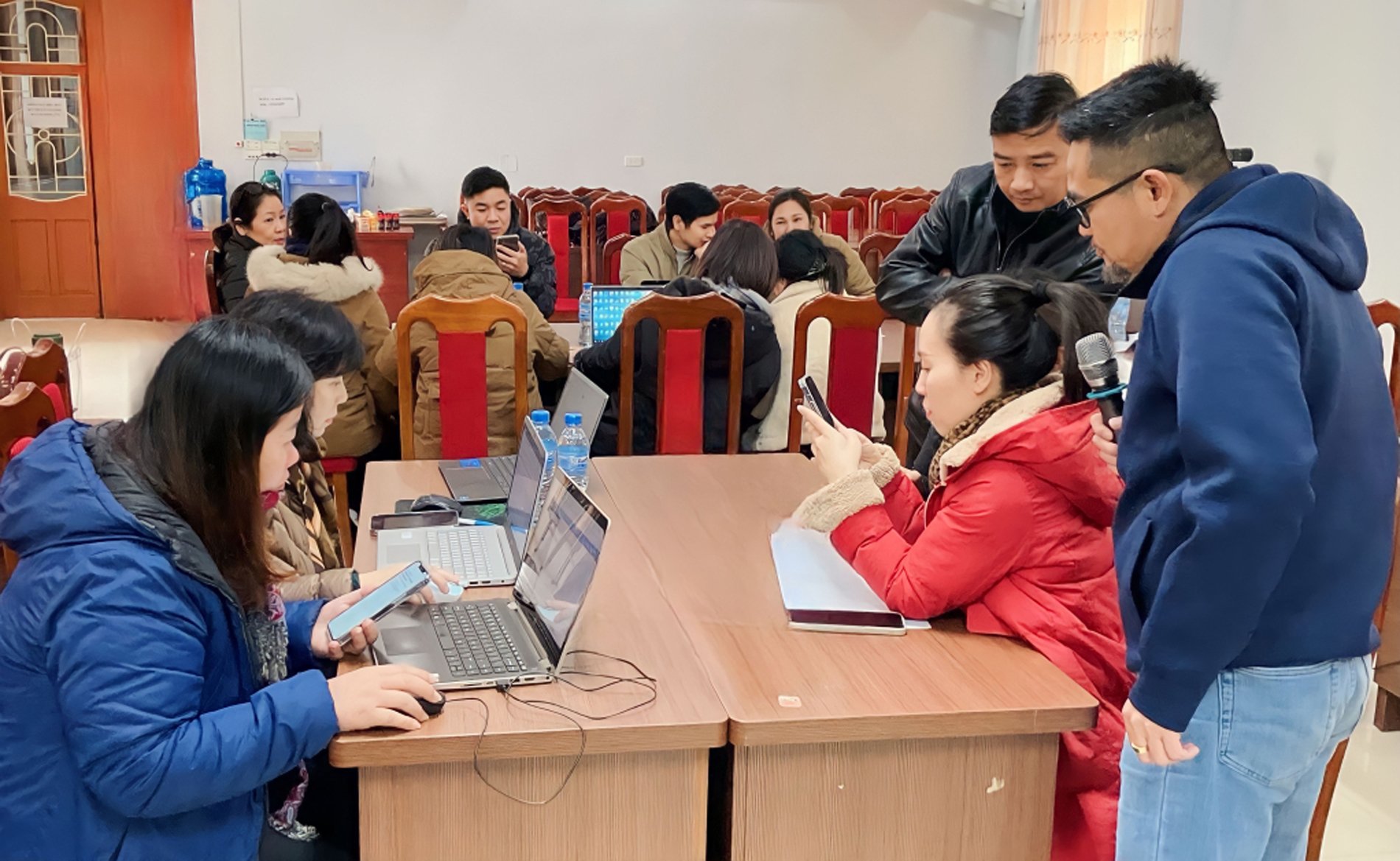
Journalist Nguyen Cao Cuong guides students in practicing media product production.
In journalism, when using AI, extreme caution and tact are required.
+ In the immediate future, how can press agencies take advantage of the advantages that AI brings, sir?
- Press agencies use AI-generated illustrations, which can be a graphic, advertising, introductory, or illustrative photo, so the requirement for absolute accuracy is not too high, so it can be used. But for an investigative article, a reportage article, or simply a news article, using AI images is definitely not allowed, because the public will be confused between real images and images created by AI.
Therefore, in the field of journalism, when using AI, we need to be very careful and skillful. If it is a product of a media company, of a unit specializing in producing media products to advertise products for companies, to sell products, to guide customers, then it is completely possible to apply AI. This is only to serve the purpose of creating attractive creative images for illustration quickly. Depending on what the media work serves, it will be labeled or not. But in my opinion, this is a new phenomenon that should be labeled.
For example, a tool that draws a picture about an event that happened dozens or hundreds of years ago, we can use AI to support. However, what that tool draws depends largely on the knowledge of the journalist, they must understand the event of that year to provide AI as well as the text and commands sent to AI. Or if a journalist uses AI to recreate a picture with a war scene with people from the Tran Dynasty, for example, but if the journalist does not have a foundation of knowledge about what the soldiers of the Tran Dynasty were like? What were their costumes and weapons like?, it will be easy to confuse them with another period.
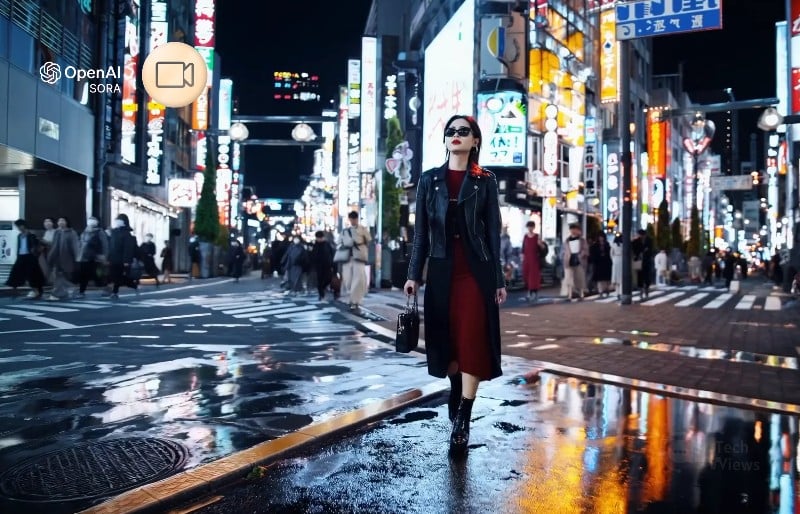
OpenAI's Sora generates videos up to a minute long, including complex scenes, camera movements, and multiple, emotionally charged characters. Screenshot from clip generated by the Sora app.
+ If a piece of journalism is produced by AI, or largely produced by AI, how would you judge it legally if it were to be judged as high-quality journalism or entered into journalism awards?
- Currently, the regulations of the Ministry of Information and Communications or the Vietnam Journalists Association on the use of AI in journalistic works do not have any specific instructions or regulations. However, press agencies that use AI in any part or section should clearly label it. I think that whether the work is submitted to the contest or not, as long as it is sent to the public, journalists must be very careful, especially with extensive and comprehensive knowledge to clearly distinguish. Provide accurate input information so that when AI creates a product, there will be less confusion. After having a product from AI, we must check it again, journalists must now have the mindset of an editor, to see if it is standard or not. In the dawn of AI, when input data is still scarce and lacking, the possibility of confusion is very high, we must pay more attention to this.

OpenAI has just unveiled Sora, an AI application that can generate realistic videos from written commands.
+ In your opinion, should press agencies increase training and development for reporters and journalists to take advantage of AI, especially the newly launched features?
- Of course. With AI video content, vertical video, audio or text content production, photos... we are journalists who always want to attract readers and audiences, so we need to update new knowledge. The most important thing is how to use the tools, how good is our editing, proofreading and verification thinking. Is the understanding of journalists in the specialized field enough? In short, every reporter, journalist and editor needs to pay attention to: The easier it is to access AI tools, the more likely it is to make mistakes.
In a journalistic or television work, you can use as many as you want, as long as the content and images create logic, authenticity, and accuracy about the event compared to the context at that time, that is important. If a journalistic product from that AI is well controlled, authentic, and appropriate, I think there will be no problem. For photos, paintings, and videos that are historical reconstructions, we can use them, but we can label them so that the public knows the context, the reconstructed images were created by AI in which period, at what time, and what content...
+ Because there are still legal and safety issues, should press agencies use AI products to create press works that are only used to post on social networking platforms?
- If making an AI product just to upload it to social media platforms takes too much effort, then I think we should reconsider. If it takes too much effort, then those products should be on the press agency's own website. Platforms like Facebook, TikTok, YouTube... are still third-party platforms, we can also generate revenue from such channels, but clearly the long-term strategy must still be to develop the channel we own. Therefore, the most valuable and laborious content should be on the owner's official channel.
+ Thank you very much!
Le Tam (performed)
Source


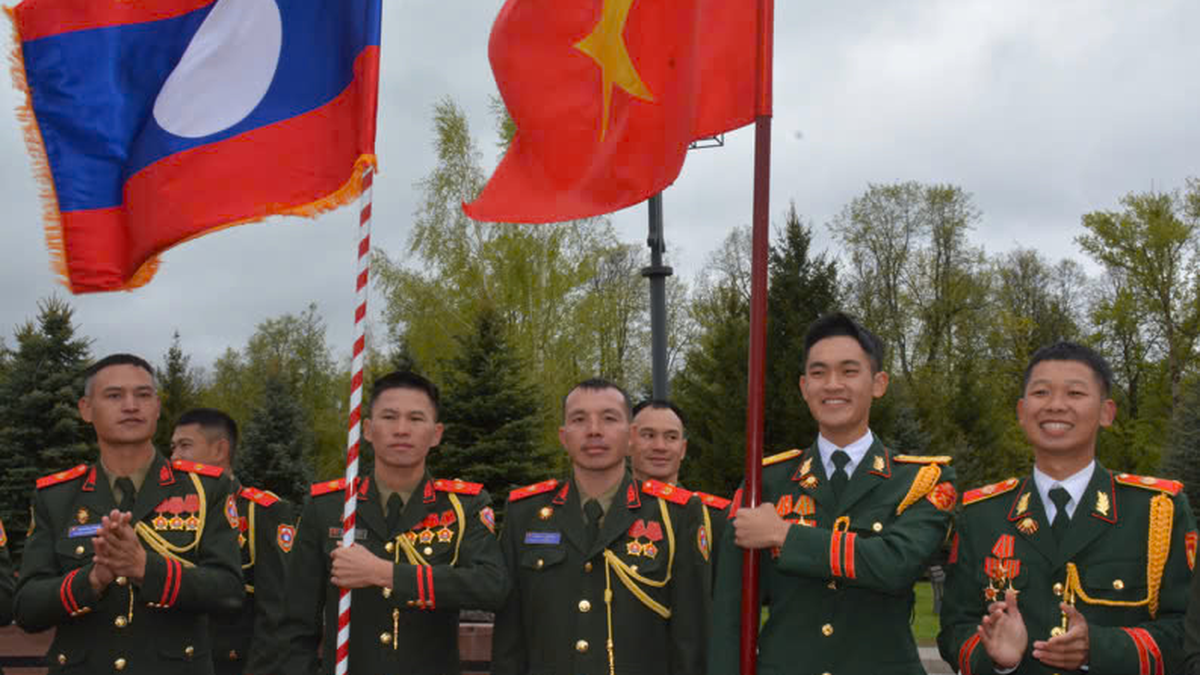
![[Photo] President Luong Cuong presents the decision to appoint Deputy Head of the Office of the President](https://vphoto.vietnam.vn/thumb/1200x675/vietnam/resource/IMAGE/2025/5/8/501f8ee192f3476ab9f7579c57b423ad)
![[Photo] General Secretary concludes visit to Azerbaijan, departs for visit to Russian Federation](https://vphoto.vietnam.vn/thumb/1200x675/vietnam/resource/IMAGE/2025/5/8/7a135ad280314b66917ad278ce0e26fa)

![[Photo] National Assembly Chairman Tran Thanh Man chairs the meeting of the Subcommittee on Documents of the First National Assembly Party Congress](https://vphoto.vietnam.vn/thumb/1200x675/vietnam/resource/IMAGE/2025/5/8/72b19a73d94a4affab411fd8c87f4f8d)
![[Photo] Prime Minister Pham Minh Chinh meets with the Policy Advisory Council on Private Economic Development](https://vphoto.vietnam.vn/thumb/1200x675/vietnam/resource/IMAGE/2025/5/8/387da60b85cc489ab2aed8442fc3b14a)







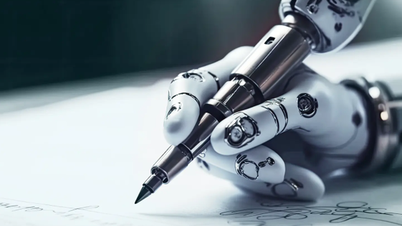

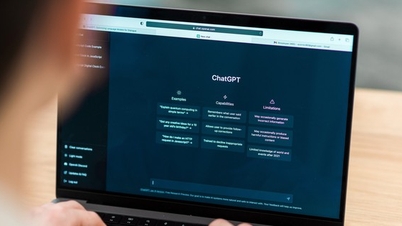


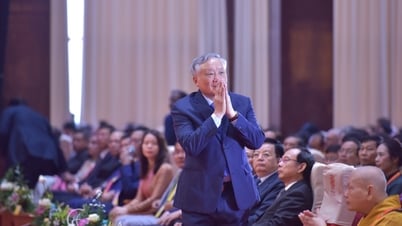
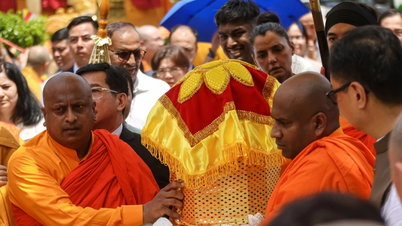
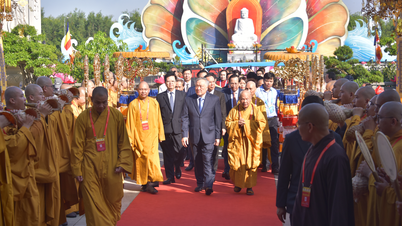

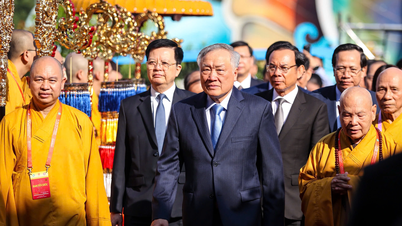







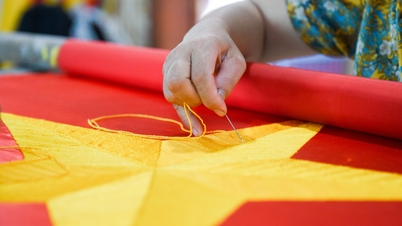































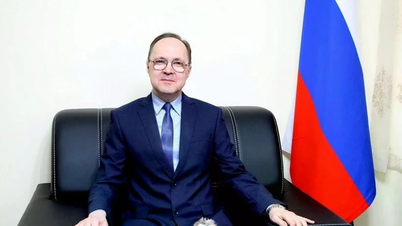
![[Photo] Prime Minister Pham Minh Chinh talks on the phone with Singaporean Prime Minister Lawrence Wong](https://vphoto.vietnam.vn/thumb/402x226/vietnam/resource/IMAGE/2025/5/8/e2eab082d9bc4fc4a360b28fa0ab94de)
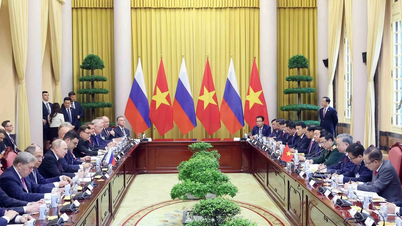









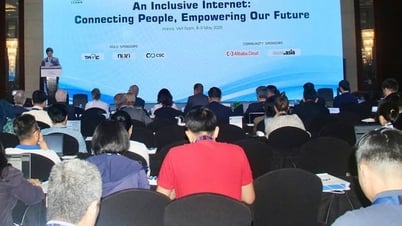
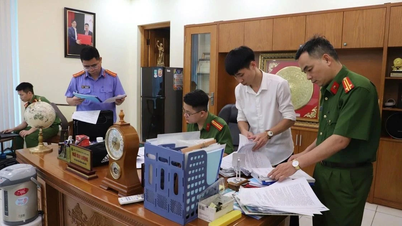

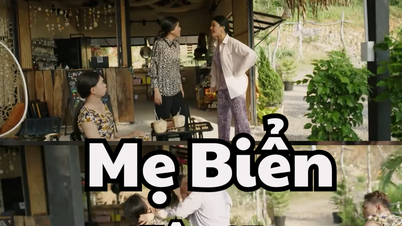

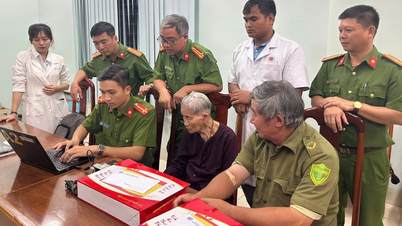


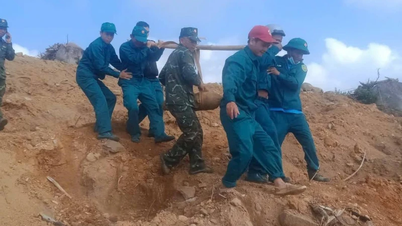
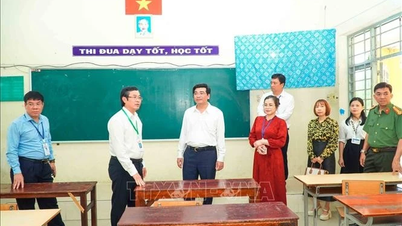













Comment (0)